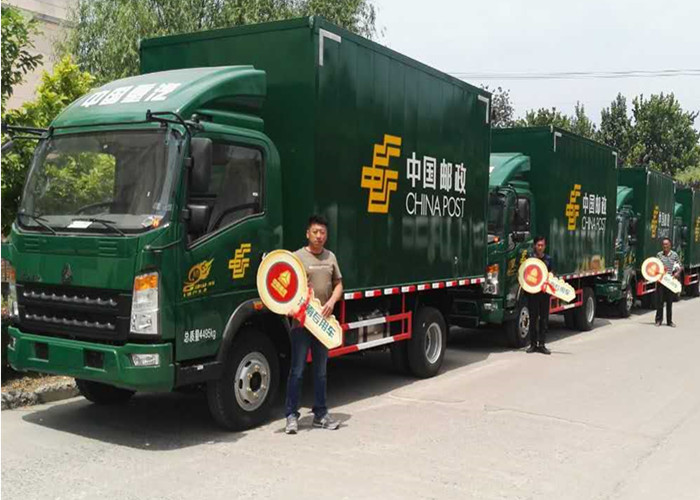Fire truck pumper trucks are essential vehicles in firefighting and emergency response operations. They are designed to transport firefighters and equipment to the scene of a fire and deliver a consistent water supply to extinguish flames. This article explores the various aspects of fire truck pumper trucks, including their types, features, history, operational guidelines, and maintenance practices.
The Basics of Fire Truck Pumper Trucks
What is a Fire Truck Pumper Truck?
A fire truck pumper truck, commonly referred to as a fire engine, is a specialized firefighting vehicle that features a pump for creating high-pressure water flow. It is instrumental in fighting fires, rescuing individuals, and providing other emergency services.
Key Components of a Pumper Truck
The components of a fire truck pumper truck include:
| Component | Description |
|---|---|
| Water Pump | Provides the force necessary to push water from the truck’s reservoirs to the fire source. |
| Water Tank | A reservoir that holds water, typically ranging from 500 to 3,000 gallons. |
| Hoses | Used to deliver water to the fire. Sizes vary, typically between 1.5 to 3 inches in diameter. |
| Nozzles | Allow firefighters to control the flow and direction of water. |
| Ladders | Used for reaching elevated areas, often mounted on the truck. |
| Tools and Equipment Storage | Compartmentalized sections used for storing firefighting tools and safety equipment. |
Types of Fire Truck Pumper Trucks
1. Type I Pumper
The most common type of fire truck, the Type I pumper, is fully equipped for structural firefighting. It typically has a crew cab, a powerful engine, and a large capacity pump.
2. Type II Pumper
This variant is smaller and lighter, making it ideal for urban environments. Type II pumpers are often equipped with additional rescue tools.
3. Type III Pumper
Type III pumpers are often used in wildland firefighting due to their off-road capabilities. They typically have smaller water tanks and pumps designed for rugged terrain.
4. Quint Apparatus
A quint is a multi-function fire truck that combines the capabilities of a pumper and a ladder truck, providing both water supply and aerial access.
History of Fire Truck Pumper Trucks
Early Development
The history of fire truck pumper trucks can be traced back to the 18th century, with the introduction of hand-drawn firefighting carts. The first motorized fire truck appeared in the early 20th century, revolutionizing firefighting techniques.
Modern Innovations
Advancements in technology have led to significant improvements in pumper trucks, such as:
- Enhanced water pumps capable of reaching higher pressures.
- Improved safety features for firefighters, including SCBA systems.
- Integrated GPS for efficient routing to emergency scenes.
Operational Guidelines for Pumper Trucks
Emergency Response Protocols
Fire departments follow strict emergency response protocols that govern the operation of pumper trucks. These protocols include:
- Deploying the appropriate number of personnel based on the severity of the incident.
- Employing a systematic approach to secure the scene before operations.
Water Supply and Hydrant Use
Firefighters are trained to quickly connect pumper trucks to water hydrants. Correctly identifying and utilizing hydrants is crucial for maintaining water supply during firefighting efforts.
Maintenance of Pumper Trucks
Routine Checks
Regular maintenance checks ensure pumper trucks are ready for emergencies. Key areas of focus include:
- Inspecting the water pump and hoses for leaks.
- Checking the water tank for proper levels and cleanliness.
- Maintaining the vehicle’s engine and brakes.
Annual Inspections
Annual inspections by certified mechanics help identify potential issues early and ensure compliance with safety regulations.
Essential Skills for Firefighters Operating Pumper Trucks
Driving Skills
Operating a pumper truck requires specialized driving skills, including knowledge of vehicle handling in emergency situations and navigating through traffic safely.
Equipment Operation
Firefighters must be proficient in using various firefighting tools and understanding the pumper truck’s controls to manage water flow effectively.
Practical Tips for Fire Departments
Training Regimens
Fire departments should establish comprehensive training protocols that include both simulation and live training scenarios to ensure readiness when responding to incidents.
Choosing the Right Pumper Truck
When selecting a pumper truck, consider factors such as the size of the community, types of incidents frequently encountered, and the budget available for purchasing and maintaining the vehicle.
Future Trends in Fire Truck Pumper Technology
Emerging technologies are shaping the future of fire truck pumper trucks including:
- Electric and hybrid fire trucks that reduce fuel costs and emissions.
- Advanced communication systems for real-time updates and coordination during emergencies.
- Integration of drones for aerial assessment of fire situations.
FAQs about Fire Truck Pumper Trucks
1. What is the difference between a fire truck and a pumper truck?
A fire truck generally refers to the vehicle that carries firefighters and equipment, whereas a pumper truck specifically denotes a vehicle equipped with a water pump and tank for firefighting.
2. How much water can a typical pumper truck carry?
Most pumper trucks have water tanks with capacities ranging from 500 to 3,000 gallons, depending on the type and design of the vehicle.
3. Are pumper trucks equipped with firefighting foam systems?
Yes, many modern pumper trucks are equipped with foam systems to enhance fire suppression capabilities, especially for chemical and petroleum-based fires.
4. What are the training requirements to operate a pumper truck?
Firefighters must undergo specialized training programs that cover vehicle operation, emergency response procedures, and the use of firefighting equipment.
5. How often do pumper trucks require maintenance checks?
Routine checks are typically conducted weekly, while comprehensive inspections are performed annually to ensure operational readiness and compliance with safety standards.
6. What innovations are currently being developed for pumper trucks?
Current innovations include electric powertrains, improved water pump technologies, and sophisticated communication systems to enhance firefighting efficiency and safety.





